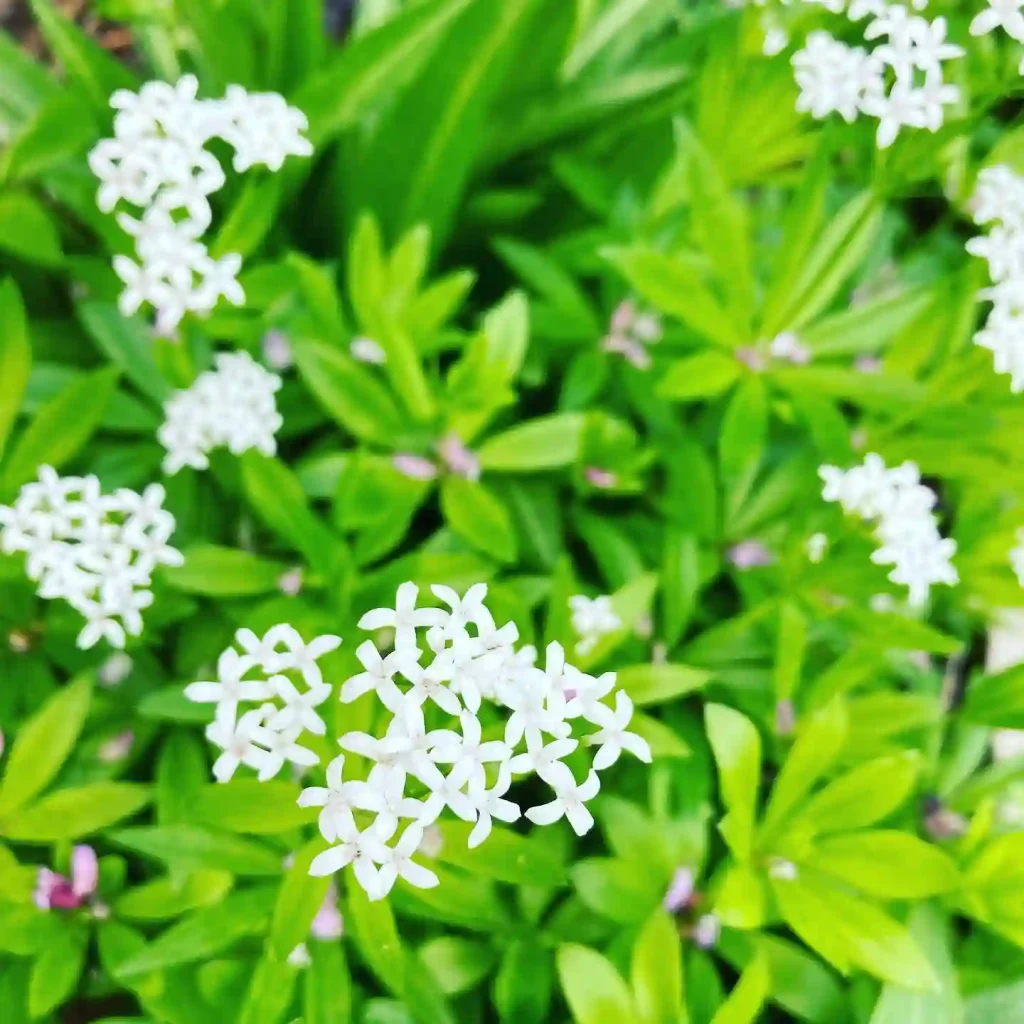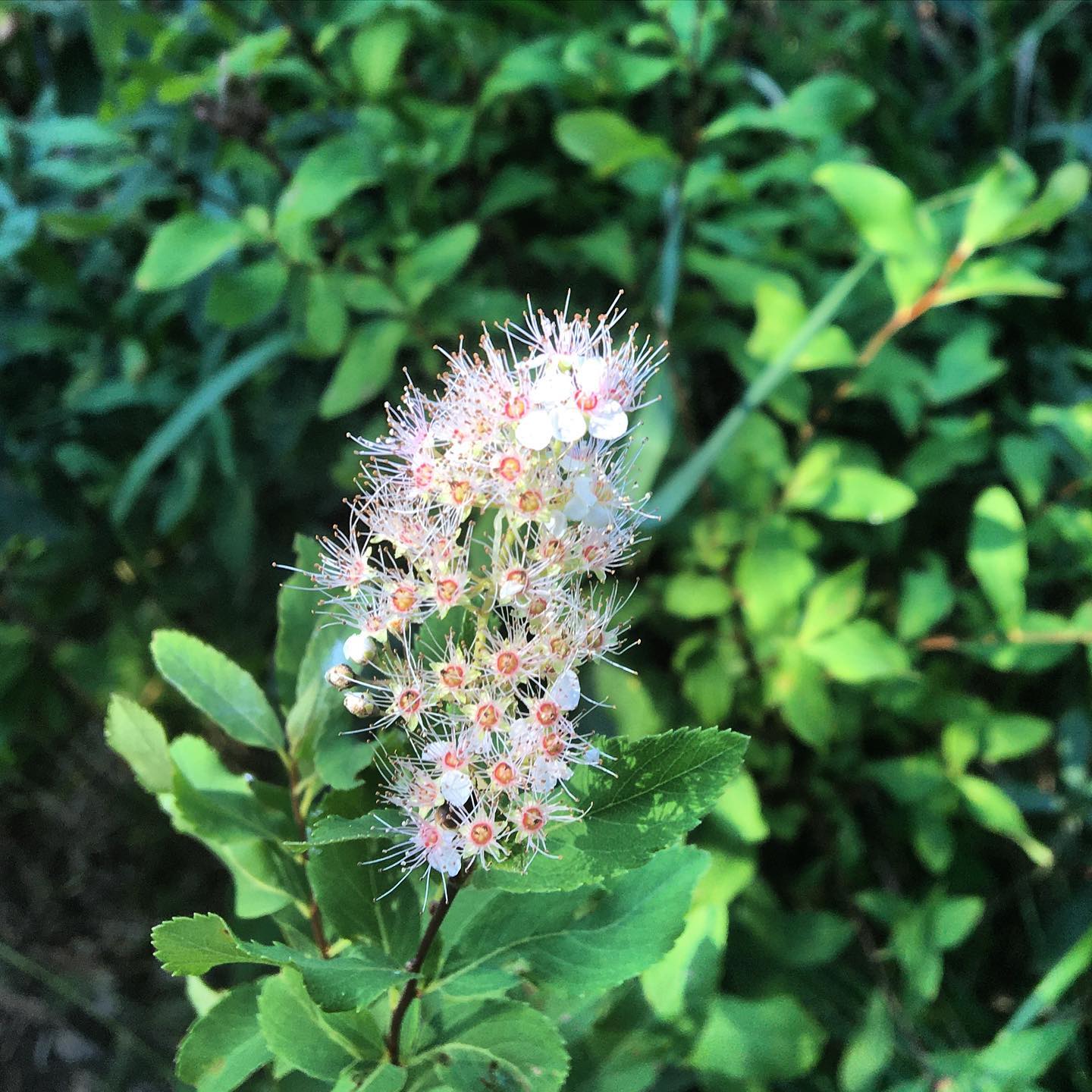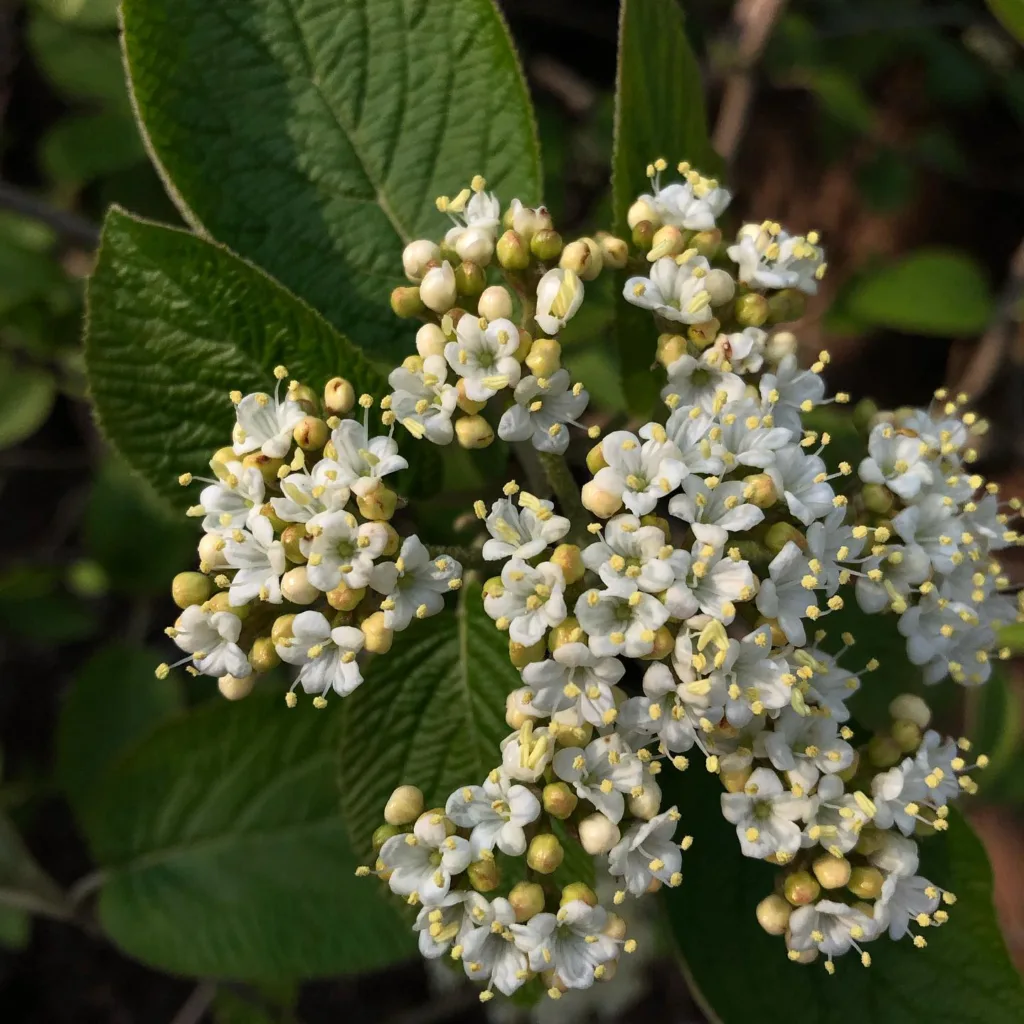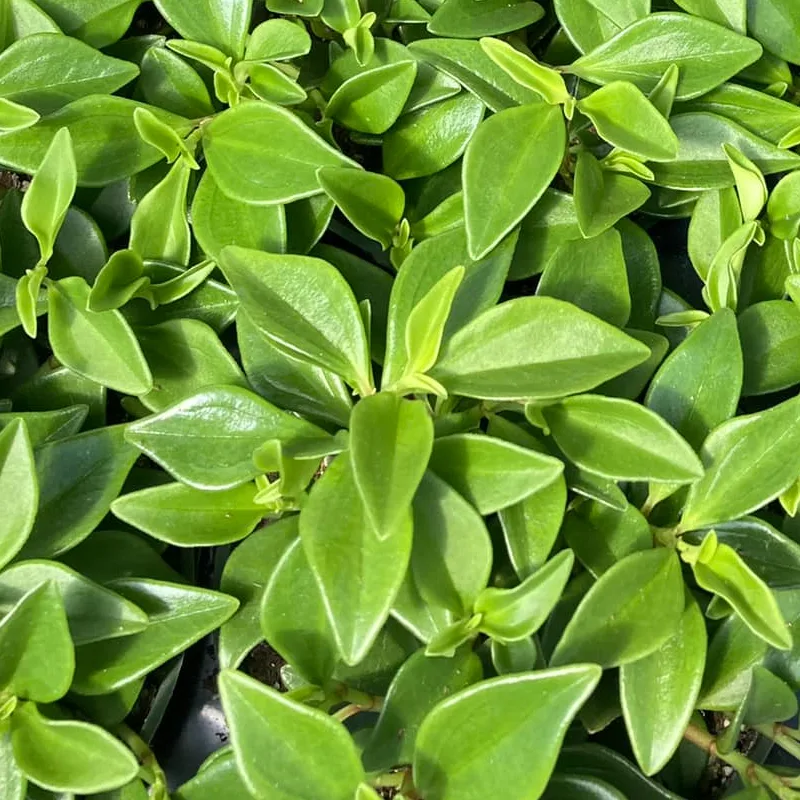What is Othonna Cacalioides?
Othonna Cacalioides is a unique succulent that stands out in any plant collection. Native to South Africa, this plant belongs to the Asteraceae family, known for its striking round leaves and small yellow flowers. It grows as a low shrub and can thrive both indoors and outdoors, making it versatile for different environments. The thick, fleshy leaves help store water, which is typical of succulents, and it does well in arid conditions.
85 Species in Genus Othonna
For me, Othonna Cacalioides became a must-have because of its distinctive appearance. The leaves, shaped like tiny round discs, are spaced along slender, upright stems. When in bloom, the small yellow flowers add a bright contrast to the bluish-green foliage. If you’re into unique, low-maintenance plants, Othonna Cacalioides is a great choice.
How to Care for Othonna Cacalioides?
Caring for Othonna Cacalioides is relatively easy once you understand its needs. Like most succulents, it prefers a bright, sunny spot. However, direct sunlight, especially in the afternoon, can sometimes be too harsh, causing the leaves to burn. I found that placing mine in a spot with indirect sunlight or morning light works best. If you’re growing it indoors, a south-facing window is ideal, though an east-facing one can also work.
Watering is another critical aspect. Overwatering can quickly lead to root rot, a common issue with succulents. I water my Othonna Cacalioides sparingly, allowing the soil to dry out completely between waterings. During the growing season, typically in the spring and summer, it might need watering every two weeks, but in the winter, once a month or even less should suffice. Always make sure your pot has drainage holes to prevent water from sitting at the bottom.
In terms of soil, well-draining, gritty soil is a must. A cactus or succulent mix works perfectly, though I like to add some perlite or pumice to ensure even better drainage.
How to Propagate Othonna Cacalioides?
Propagating Othonna Cacalioides is fairly straightforward. It can be done through seeds or cuttings, though cuttings tend to be the easier and faster method. I prefer using stem cuttings. To propagate, I cut a healthy stem during the growing season, let it dry for a day or two to callous, and then plant it in a well-draining soil mix. Water it lightly at first, just enough to encourage root growth. Within a few weeks, roots should start to form.
When propagating from seed, patience is key. It takes longer and requires consistent moisture and warmth to encourage germination. I prefer to propagate with cuttings since it’s a quicker and more reliable method for this plant.
What to Plant with Othonna Cacalioides?
Othonna Cacalioides pairs beautifully with other succulents, especially those with contrasting shapes and colors. In my garden, I love to plant it alongside Sedums and Echeverias. The round leaves of Othonna contrast nicely with the rosettes of Echeveria and the sprawling habit of Sedum. Crassula also makes a great companion plant due to its similar care requirements and the variety in leaf shapes and colors.
If you’re planting outdoors, consider combining Othonna Cacalioides with drought-tolerant grasses like Blue Fescue or Carex. These grasses provide a soft backdrop to the upright stems and create an appealing textural contrast.
How Big Does Othonna Cacalioides Grow?
In terms of size, Othonna Cacalioides is relatively compact, making it perfect for container gardening. It usually grows up to about 8 to 12 inches tall and can spread out to a similar width. It’s not a fast grower, so you won’t need to worry about it outgrowing its space too quickly.
If you’re growing it in a container, I recommend using a wide, shallow pot to give the plant room to spread. It’s also a good idea to use a pot that complements the plant’s aesthetic. I find that a neutral-colored ceramic or terracotta pot enhances the natural beauty of the Othonna Cacalioides without distracting from it.
Can Othonna Cacalioides Be Grown Indoors?
Yes, Othonna Cacalioides can be grown indoors as long as it receives enough light. As I mentioned earlier, a south or east-facing window is ideal for indoor growth. If you find that your plant isn’t getting enough natural light, you can supplement with a grow light to ensure it stays healthy. Just be mindful of overwatering, as indoor conditions can sometimes lead to slower evaporation rates.
Indoor plants can sometimes be more prone to pests like spider mites or mealybugs, so it’s a good idea to check your Othonna Cacalioides regularly. If you do spot any pests, I’ve found that wiping the leaves with a damp cloth or using a mild insecticidal soap can help keep them under control.
Is Othonna Cacalioides Toxic to Pets?
One important consideration for pet owners is plant toxicity. Fortunately, Othonna Cacalioides is considered non-toxic to pets, making it a safe choice if you have cats or dogs at home. That said, I always recommend keeping plants out of reach of pets just in case.
Why Choose Othonna Cacalioides?
I chose Othonna Cacalioides because of its striking look and easy-care nature. It’s a great plant for anyone who enjoys succulents but wants something a little more unusual. The round leaves, upright stems, and bright yellow flowers make it a standout in any collection. Plus, its drought tolerance and adaptability to indoor or outdoor conditions make it a versatile choice.
Whether you’re a seasoned succulent enthusiast or a beginner looking to expand your collection, Othonna Cacalioides is a plant worth considering. It’s low-maintenance, visually interesting, and adaptable to different environments—qualities that I find essential in any plant.
If i die, water my plants!



